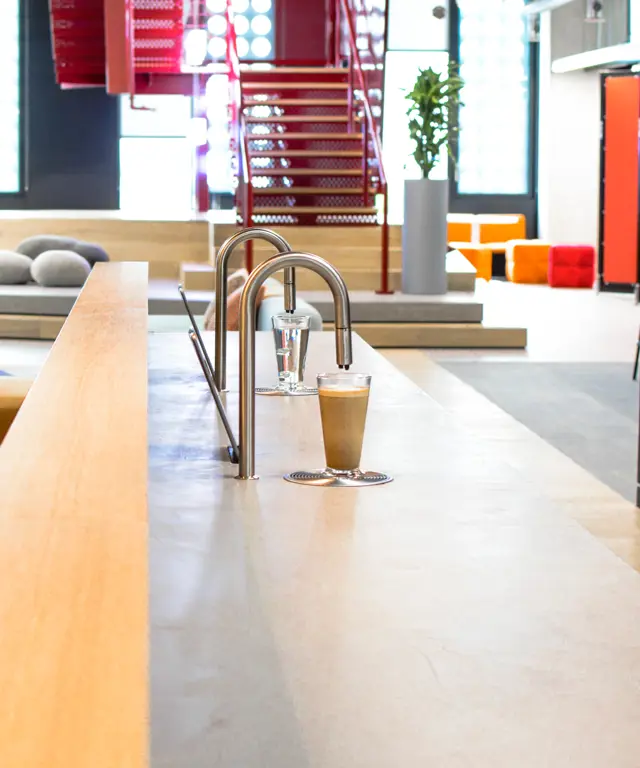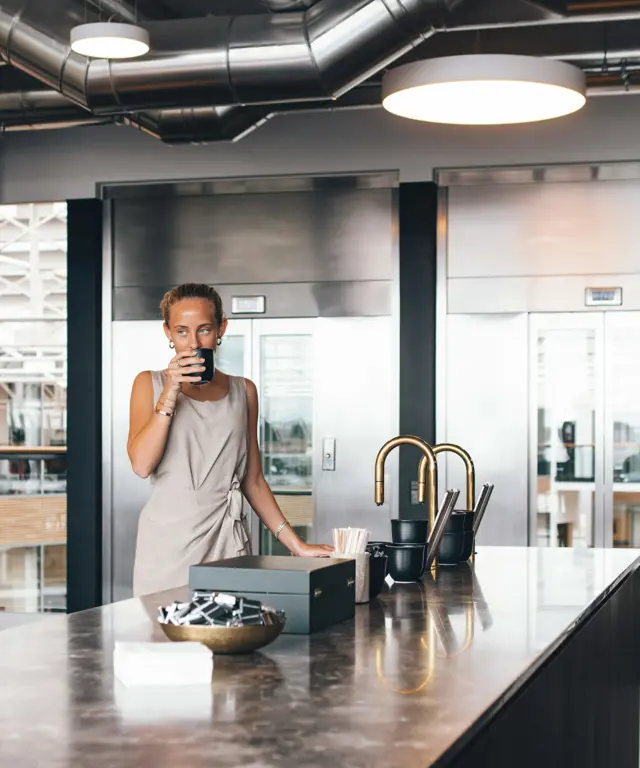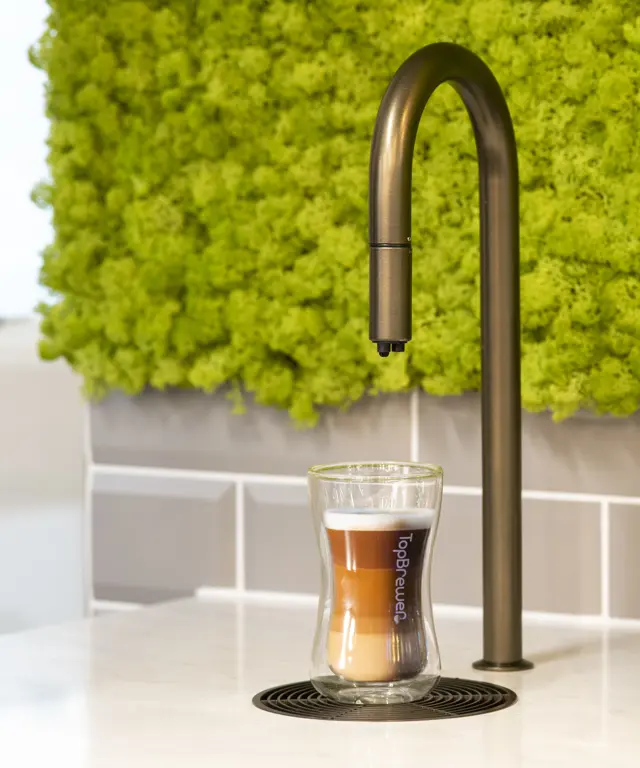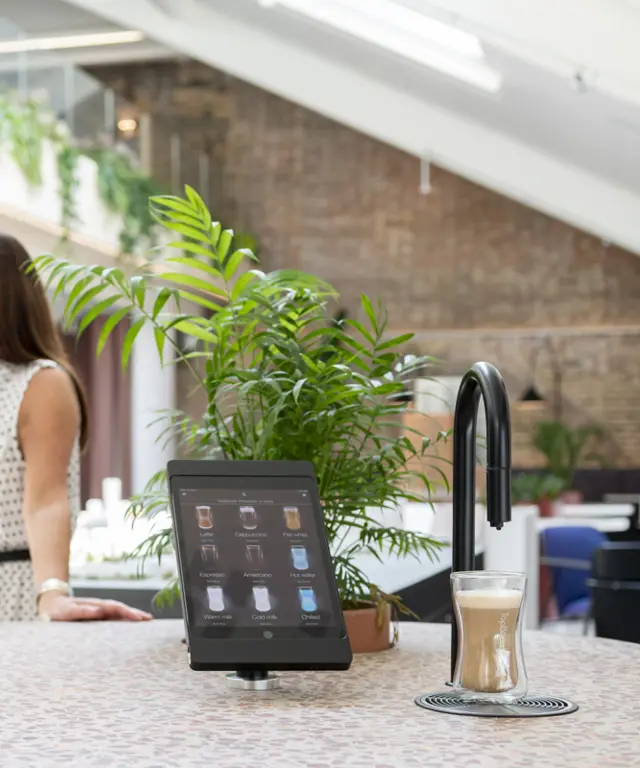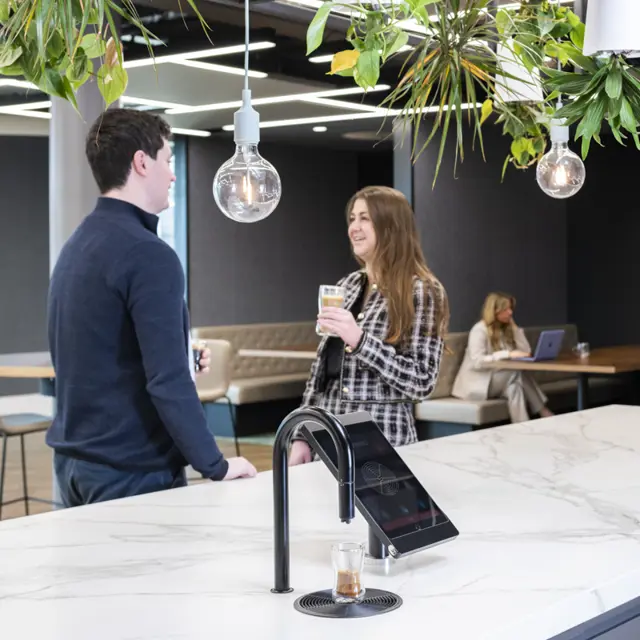
The 5 biggest trends from Clerkenwell Design Week 2023
The design world descended on London’s iconic Clerkenwell district last week to celebrate Clerkenwell Design Week’s 14th year. The jam-packed festival showcased leading brands and companies through a series of showroom events, exhibitions and special installations.
If you didn’t have chance to look around any of the exhibits or participating showrooms you’re in luck, we’ve rounded up some of the biggest trends taking over the world of architecture & design at the moment, as well as some predictions of what the next few years may bring…
Get a TopBrewer quote
Sustainability and circular design
One of the biggest trends that appeared across the board at Clerkenwell Design Week centred around sustainability. Whilst the desire to be sustainable has been part of the world of design for a while, it is no longer a nice to have for a business - it is essential. But beyond being essential, it needs to be authentic and businesses need to put their money where their mouth is to show their commitment. Throughout 2023 and beyond, we will see the entire lifecycle of a build, from the initial design to the eventual fit out, shift towards more sustainable practices.
Great sustainable design goes beyond the individual products in a given space and instead it’s vital to consider circularity and regenerative design. Applying the mantra of “reduce, reuse, recycle” to a design scheme actively encourages designers to repurpose materials and choose products that are future-proof to reduce environmental impact. Not only are businesses focussed on a more sustainable approach, the next generation of designers are the first generation who have grown up with sustainability all around them. It is woven through their narrative and we will see it more and more in their designs.
Flexible working is here to stay
Flexible and hybrid working isn’t going anywhere but, whilst most still enjoy working from home occasionally, there are downsides that can’t be ignored, including weaker employee relationships, feelings of disconnect and isolation, and slower learning, so it’s more important than ever to design workplaces that support hybrid working. Research shows that the sweet spot seems to be 2-3 days in the office for most industries, but WKSpace research found that mandating time in the office won’t work, and in fact 73% of employees say they need a better reason to go into the office than just company expectations. This is where the design of your space comes in.
Ensure your workplace offers a comfortable, commute-worthy experience with everything your employees need. Many businesses will actually ask their team directly what they would find most useful to ensure that all bases are covered. Flexibility in the workplace is imperative if hybrid working is to be successful, and one of the biggest trends in workplace design right now is the creation of multifunctional spaces and the use of flexible furniture that can be reconfigured to suit different needs. This allows you to create spaces suitable for all types of working so that your team know that, whether they need a private space to make calls or a large area to hold a collaborative meeting, they will be covered.
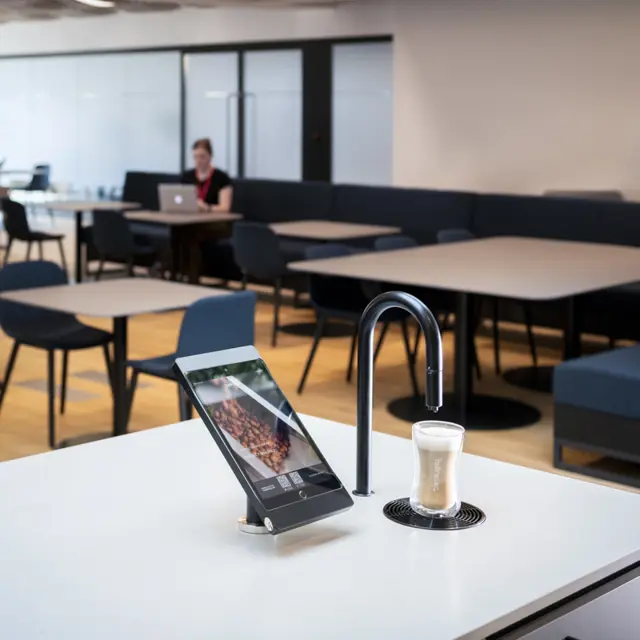
Create spaces suitable for all types of working
Ensure your workplace offers a comfortable, commute-worthy experience with everything your employees need
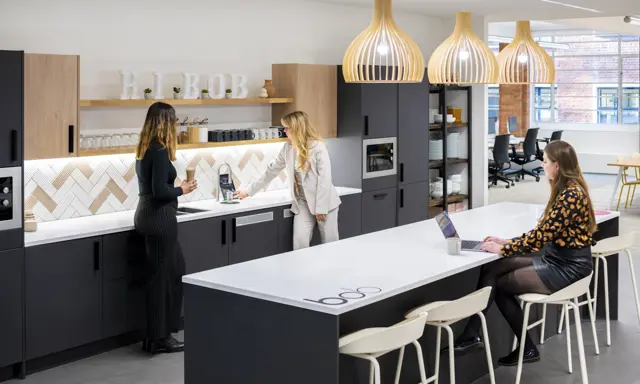
Lead with technology
From the laptops we work from to the cloud software we use, technology already plays a fundamental role in our life. Everyone knows the basics - we need superfast internet, the ability to plug in and work from anywhere, and easy-to-use devices - but taking it one step further means that when used appropriately technology can, and should, be instrumental in making design decisions. Data collected from the workplace can be used for office refurbs and can provide valuable stats insights into where and how your team are working to allow you to better plan your space.
Looking to the future, experts are predicting that Artificial Intelligence, Virtual Reality, voice recognition and even the Metaverse will become part of office life. They will be used daily in meetings and will help speed up tasks, leading to a more efficient workforce. These technologies are already in use in some firms, but by Clerkenwell Design Week 2024 they will be more prevalent.
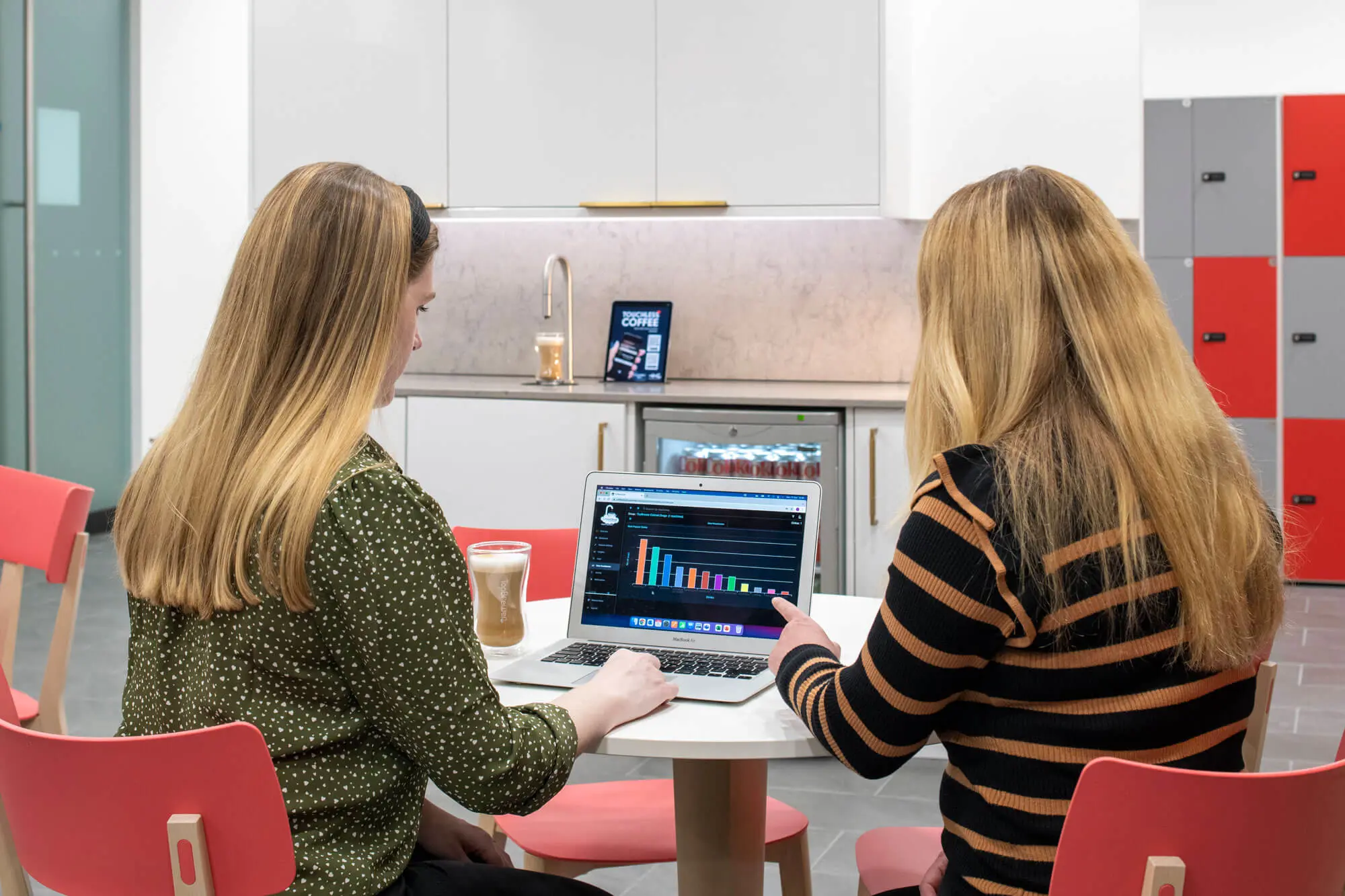
Create a strong workplace culture
Gallup research found that globally only 21% are engaged at work, and WKSpace noted that 43% feel disconnected from the company as a whole. With these stats in mind it’s no wonder that workplace culture is playing a huge role in design at the moment. Staff respond to a sense of belonging and with hybrid working being the norm for most, the workplace experience is shifting from collaboration to connection. Designers should work in tandem with your team to create a cultural vision before starting on the design. The main question should be: How do you want to work? This goes beyond the physical aspects of the space and into intangible benefits aimed at increasing engagement and promoting a strong culture.
To rebuild social capital, create a space that facilitates human interaction. Whilst most don’t want to go back to being fully office-based, there are a myriad of benefits of working face-to-face. Problem solving, creative thinking and relationship building can happen more easily and more naturally in person and can lead to a stronger culture. Multipurpose spaces and flexible design can assist, for example your breakout space could be used for lunch & learn sessions and birthday celebrations as well as being the place your team meet to grab a coffee and chat.
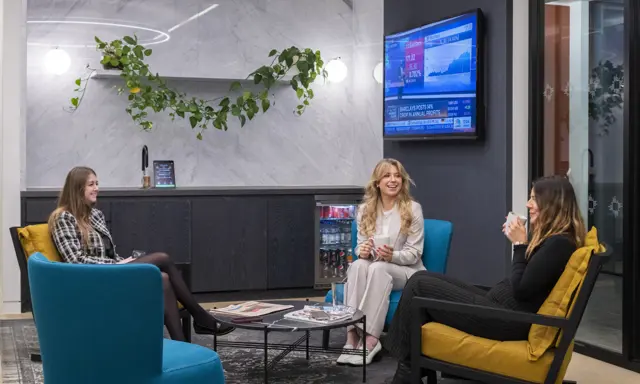
To rebuild social capital, create a space that facilitates human interaction
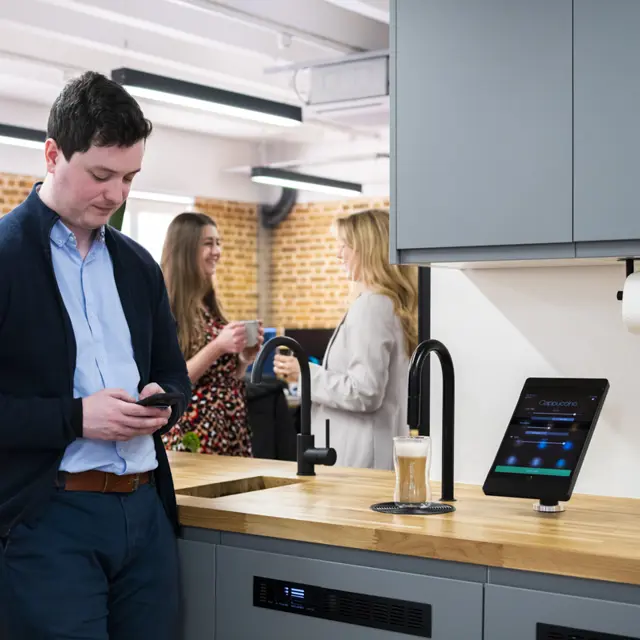
Hybrid hospitality is changing the game
The worlds of workplace and hospitality are crossing over and the result, hybrid hospitality, allows individuals to work, stay, and socialise all in one dynamic space. The rise of the digital nomad has opened a whole host of opportunities for those willing to update their space. There has been a blurring of spaces and hotels are beginning to integrate workspaces into their third spaces. Transforming and giving purpose to existing spaces and allowing them to transition throughout the day or week is opening a new revenue stream for forward-thinking hotels and hospitality businesses.
Investment in hybrid hospitality has quadrupled since the pandemic and undervalued spaces are now prime real estate. Flexible design goes hand in hand with hybrid hospitality as the space you create needs to be able to be reconfigured to meet the needs of different users. In order for it to work, through, it has to be executed to perfection. Everything needs to be well thought-out, from the technology to the acoustics to the coffee. You may be creating a space in a hotel, but it will be expected to offer the same amenities as the workplace.
Let us help to elevate your workplace coffee experience
Want to find out more about how a premium, barista-quality coffee machine like TopBrewer can transform your space? Fill in your details and one of our team will be in touch.
Explore
(4)
